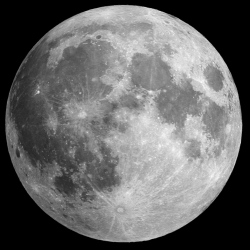
Natural tunnels known as lava tubes could safely house permanent bases on the Moon, scientists have said. The underground volcanic structures have previously been proposed as ideal sites for human settlements. Scientists have now assessed how stable these features might be, and found that tubes of 1km in size and bigger would be structurally sound.
They could protect against the challenges posed by the lunar environment. Unlike Earth, the Moon lacks a thick atmosphere and magnetic field to protect it against cosmic radiation. The absence of an atmospheric buffer also means that the Moon’s surface receives more frequent meteorite impacts and more extremes of temperature.
For example, the Moon’s surface temperature can vary by several hundred degrees C during the course of a lunar day. But housing bases underground, inside lava tubes, could offer shielding against these risks.
The lunar tunnels are expected to be larger than those already discovered on our planet, because of the Moon’s lower gravity. No-one has yet definitively discovered an example on the Moon, but spacecraft have revealed cave entrances called skylights that may open into lava tubes.
Using existing data, David Blair and colleagues from Purdue University in West Lafayette used computer modelling to determine the stability of lunar lava tubes with different widths, roof shapes and roof thicknesses.
"It’s the first modern re-assessment of how stable these can be," he told BBC News. He found that tunnels with widths of 1km and greater could remain standing beneath the lunar surface.
